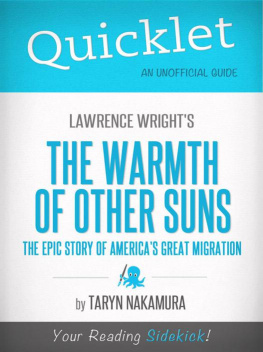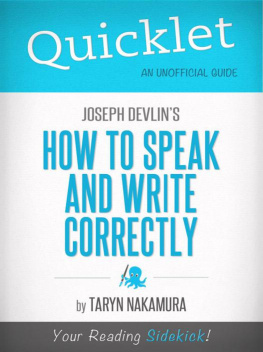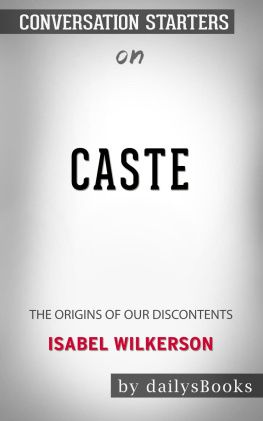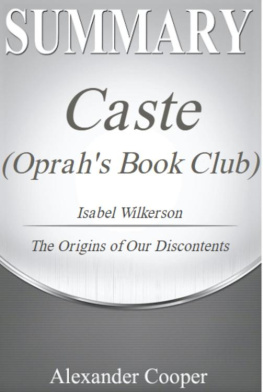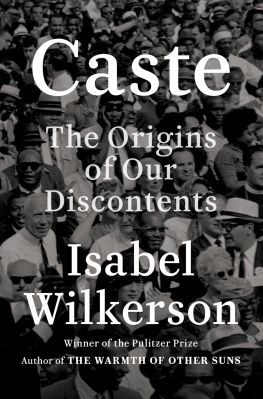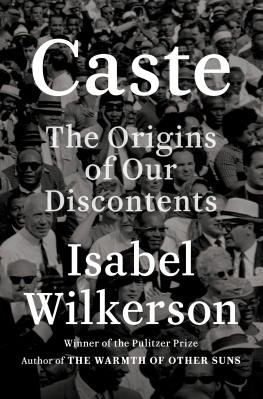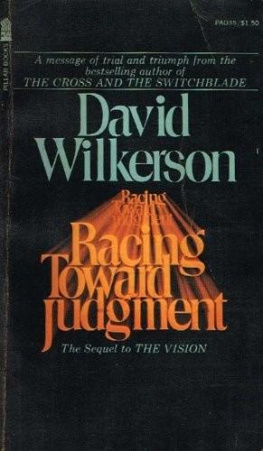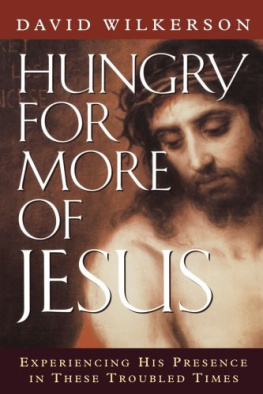Taryn Nakamura - Quicklet on Isabel Wilkersons The Warmth of Other Suns: The Epic Story of Americas Great Migration
Here you can read online Taryn Nakamura - Quicklet on Isabel Wilkersons The Warmth of Other Suns: The Epic Story of Americas Great Migration full text of the book (entire story) in english for free. Download pdf and epub, get meaning, cover and reviews about this ebook. year: 2012, publisher: Hyperink, genre: Art. Description of the work, (preface) as well as reviews are available. Best literature library LitArk.com created for fans of good reading and offers a wide selection of genres:
Romance novel
Science fiction
Adventure
Detective
Science
History
Home and family
Prose
Art
Politics
Computer
Non-fiction
Religion
Business
Children
Humor
Choose a favorite category and find really read worthwhile books. Enjoy immersion in the world of imagination, feel the emotions of the characters or learn something new for yourself, make an fascinating discovery.
- Book:Quicklet on Isabel Wilkersons The Warmth of Other Suns: The Epic Story of Americas Great Migration
- Author:
- Publisher:Hyperink
- Genre:
- Year:2012
- Rating:4 / 5
- Favourites:Add to favourites
- Your mark:
Quicklet on Isabel Wilkersons The Warmth of Other Suns: The Epic Story of Americas Great Migration: summary, description and annotation
We offer to read an annotation, description, summary or preface (depends on what the author of the book "Quicklet on Isabel Wilkersons The Warmth of Other Suns: The Epic Story of Americas Great Migration" wrote himself). If you haven't found the necessary information about the book — write in the comments, we will try to find it.
ABOUT THE BOOK
Isabel Wilkersons The Warmth of Other Suns is truly a labor of love. It took 15 years to research and write, as she interviewed over 1,200 people. Wilkerson tracked down her subjects at churches, quilting clubs, funerals, family reunions, and others. After preliminary rounds of interviews, she narrowed her search down to 30 people, and then chose the three main subjects who appear in the book. She was racing against the clock to collect as many stories as possible from the migrants, whose numbers were starting to dwindle. Her book even covers the funerals of both George Starling and Robert Pershing Foster. In order to write her story in a heartfelt manner, Wilkerson recreated Robert Fosters exhausting drive from Louisiana to California. Dr. Foster drove through three states without rest because blacks werent welcome at any motels in those regions. Wilkersons trip was cut short by her parents, who insisted she stop before reaching dangerous levels of fatigue. At a particularly perilous tract of the drive, Wilkerson writes that her mother said, You know he must have been ready to cry right about here.
MEET THE AUTHOR
Taryn was born and raised in Hawaii. She recently returned home after receiving a B.A. in English at Yale University. As a writing concentrator at Yale, Taryn focused on fiction, but as a Hyperink writer, she has learned that nonfiction can also be fun. In her free time, she likes to run at walking pace, haunt libraries, and eat pickles.
EXCERPT FROM THE BOOK
Critics have put Isabel Wilkersons book on par with classics like Roots and The Grapes of Wrath. The Wall Street Journal writes, Ms. Wilkerson does for the Great Migration what John Steinback did for the Okies in his fiction masterpiece, The Grapes of Wrath; she humanizes history, giving it emotional and psychological depth. (The Great Northern Migration) But Ms. Wilkersons piece deserves a category of its own. Her book goes beyond both traditional and oral history. She avoided the style of Studs Terkel, opting for a more cohesive narrative. (A Writers Long Journey to Trace the Great Migration) Critics agree that Isabel Wilkersons book is both beautifully written and thoroughly researched. Articles in the New York Times, Wall Street Journal, and The New Yorker can attest to that. The books appearance on Best Book of the Year listsL.A. Times, The Washington Post, The New Yorker, The Economist, and morereflects the high quality of reporting. Yet the critics diverge in their assessment of the ending of the book and our takeaway. As Kevin Boyle writes in his Chicago Tribune review, In the end, though, Wilkerson herself seems to blink, arguing that, despite the struggles she so beautifully describes, the Great Migration was nothing less than the fulfillment of the American Dream as the migrants themselves defined it. TABLE OF CONTENTS- About the Book- A Southerner Once Removed- Overall Summary of The Warmth of Other Suns- The South, 1915 to the 1970s- Key Words and Historical Figures- Major Characters- Strangers in a Strange Land: Migrant Hierarchy- What the Critics are Saying- The Other Voices- Interesting Facts- Sources and Additional Reading
Taryn Nakamura: author's other books
Who wrote Quicklet on Isabel Wilkersons The Warmth of Other Suns: The Epic Story of Americas Great Migration? Find out the surname, the name of the author of the book and a list of all author's works by series.

